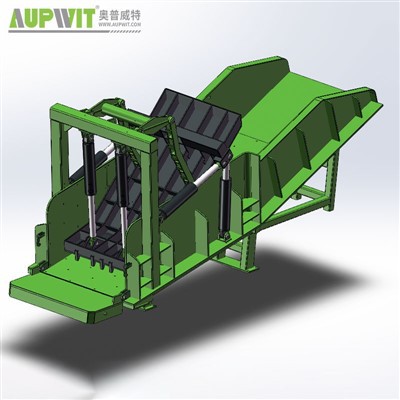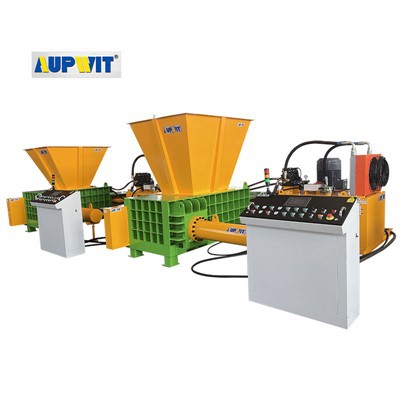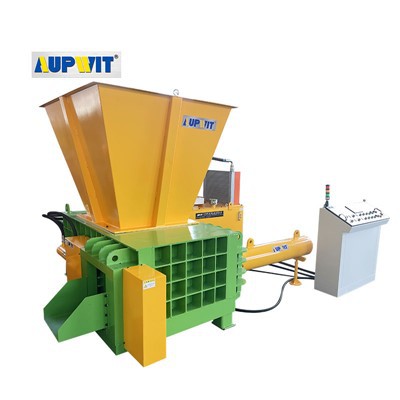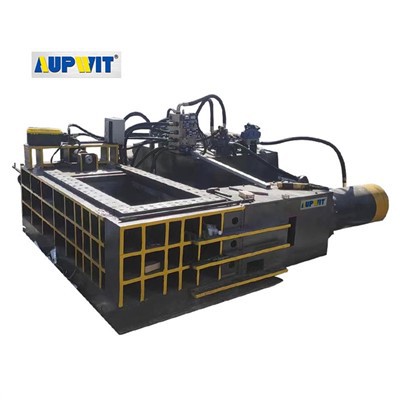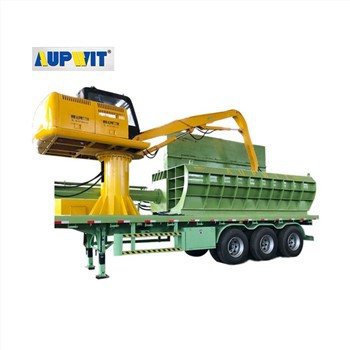Briquette Quality Control Measures
Systematic approaches to maintain consistent briquette quality in hydraulic briquetting operations
1
Standardize Raw Material Preparation
Implement strict protocols for consistent raw material processing
- Screen materials to ensure uniform particle size using sieving equipment
- Control moisture content: 8-12% for biomass, 2-5% for metals
- Remove impurities like stones or metal fragments
Moisture Impact:
Excess moisture → loose briquettes | Overly dry → cracking
2
Optimize Machine Parameter Settings
Precise calibration for different material requirements
- Calibrate hydraulic pressure: 80-150 MPa (biomass), 150-300 MPa (plastics), 200+ MPa (metals)
- Maintain stable pressure using sensors and feedback systems
- Adjust compression ratios and dwell time appropriately
Key Consideration:
Balance between sufficient bonding and over-compaction
3
Establish Quality Inspection Protocols
Systematic monitoring throughout production
- Test briquette density via weight-volume measurements
- Check hardness with drop tests (1.5m height requirement)
- Inspect for surface cracks or unevenness
- Implement automated vision systems for large-scale operations
Data Tracking:
Maintain quality logs to identify trends and make timely adjustments
4
Implement Preventive Maintenance
Proactive equipment care for consistent performance
- Schedule routine machine checks and lubrication
- Clean molds daily to prevent residue buildup
- Replace worn parts (liners, seals) promptly
- Train operators to monitor performance and report issues
Maintenance Benefit:
Minimizes downtime and prevents quality deviations


